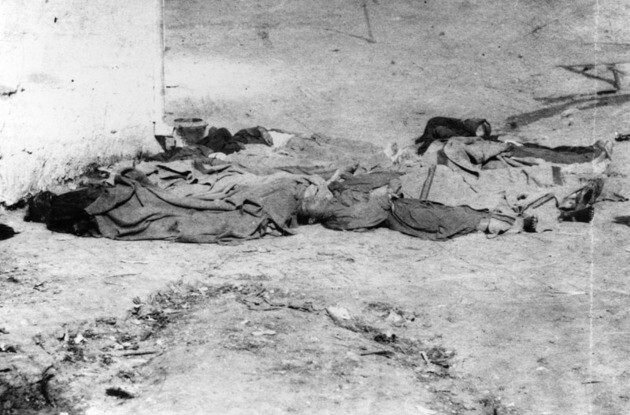Exclusionary Laws and the Chinese-American Experience

More than a century ago this week, on May 6, 1882, the Chinese Exclusion Act was passed. This U.S. federal law barred all Chinese laborers from entering the country for 10 years (though it lasted until repealed in 1943). Non-laborers who wished to enter the United States had to obtain certification from the Chinese government in order to do so. However, it was extremely difficult to prove labor status, and as a result, the possibility of Chinese to enter the country under the 1882 law was slim to none.
The Chinese Exclusion Act was the punctuation at the end of a long line of violence and prejudice, and a federal validation of racism. While this marked a significant point in U.S. history when a specific group was targeted in an exclusionary immigration law, it was not the first of its kind, nor was it the last.
The 1875 Page Act, the first restrictive federal immigration law, was also racially motivated, yet slightly less direct. The law forbid prostitutes, felons, and contract laborers from China, Japan and any "Oriental country" to enter the United States. While prostitution among 19th century Chinese immigrant women were reportedly high in California (pg. 420), Americans typically stereotyped all Asian women as prostitutes, which resulted in almost total exclusion of Asian women from immigrating.
From this sparked a successive line of similar immigration laws. The Chinese Exclusion Act was followed by the Scott Act of 1888 and the the Geary Act of 1902, both of which imposed limitations among existing immigrants, in addition to extending restrictions of the 1882 law.
The 1907 Gentlemen's Agreement stopped immigration of Japanese workers (i.e., men), but permitted the immigration of spouses of Japanese immigrants already in the U.S.
The 1917 Barred Zone Act implemented the requirement of a literacy test for immigrants over 16 years old, raised taxes on immigration, and encouraged immigration officials to use discretion. This Act prevented entry of anyone born in an "Asiatic Barred Zone," which included most of eastern Asia with the exception of Japanese and Filipinos.
The 1924 Immigration Act included a restrictive quota, limiting annual immigration to 2% of the number of people from that country who were already living in the U.S.
These laws were a culmination of domestic prejudice, racism and xenophobia, that were rampant at the turn of the century; when anti-Chinese discrimination was a standard and even encouraged.
Chinese gold miners, who largely migrated in search of "Gaam Saam" from Canton during the California Gold Rush, were forcibly removed from mines when profit for whites was threatened.
In post-Civil War years animosity grew in the midst of economic struggles, with many believing that Chinese workers threatened labor options for white men. Labor leader Denis Kearney, who was popular among many white Californians at the time, politicized this sentiment with his Workingman's Party. He and his group were instrumental in gaining passage of the Chinese Exclusion Act.
Los Angeles specifically took its turns at the Chinese, despite the population's role in securing food for the city with their skills in agriculture, and tireless labor on the Transcontinental Railroad. In 1878, the city attempted to drive Chinese labor out of the city with an ordinance directed at Chinese farmers that unfairly increased their taxes. They launched a vegetable strike in response. Suellen Cheng, Director and Curator of El Pueblo Historical Monument, recounts the events in the video below.
The hostile conditions, miscegenation laws, and restrictive housing covenants forced Chinese to take residence in a concentrated area where they could work together to survive and thrive -- the result was the growth of Chinatown. Unfortunately, that safe space was disrupted in 1871 when a mob of approximately 500 Angelenos stormed through, killing dozens of Chinese men and boys as revenge for the death of a white rancher. The event is known as the Chinese Massacre of 1871 on Calle de los Negros -- Old Chinatown's main throughway.
Below, William Estrada, Chair of the History Department for the Natural History Museum in Los Angeles, expounds on the hostile environment Chinese endured, beginning in the 1850s.
In 1943 the Magnuson Act repealed the Exclusion Act, and the 1965 Hart-Celler Immigration Act abolished the national origins quota system. Immigration spiked as a result, and many communities affected by the exclusionary laws were now able to rebuild, while reminding the nation of its past that ought not be repeated.
California Assemblymember Mike Eng, who represents a district with one of the largest population of Chinese in the nation, proposed the "Day of Inclusion" in 2009 as a homage to the 1882 law, recognizing the nation's immigrant heritage empathy and an embrace of differences. Eng explains in further detail in the video below.